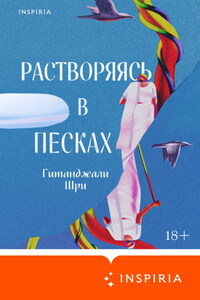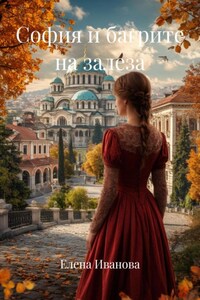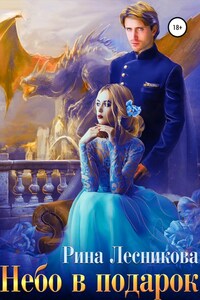HarperCollinsPublishers
The News Building
1 London Bridge Street
London SE1 9GF
First published in Great Britain by
HarperCollinsPublishers 1998
This edition 2016
Copyright © Brendan Graham 1998
Lyrics by Brendan Graham
© Brendan Graham © peermusic UK, Ltd
Reproduced by permission
Brendan Graham asserts the moral right to be identified as the author of this work
A catalogue copy of this book is available from the British Library.
All rights reserved under International and Pan-American Copyright Conventions. By payment of the required fees, you have been granted the non-exclusive, non-transferable right to access and read the text of this e-book on screen. No part of this text may be reproduced, transmitted, down-loaded, decompiled, reverse engineered, or stored in or introduced into any information storage and retrieval system, in any form or by any means, whether electronic or mechanical, now known or hereinafter invented, without the express written permission of HarperCollins.
Ebook Edition © ISBN: 9780008148133
Version: 2016-01-04
When, almost twenty years ago, I walked into the boardroom of HarperCollins Publishers and told a roomful of executives the outline of what was to become this story, little did I realise the journey that particular morning would take me on.
Three years previously in the summer of ’93, I had been made redundant. A manager in a clothing manufacturing company, at 48-years-old I wasn’t re-employable in what was then a shrinking industry in Ireland. Life as I had known it had stopped and I thought the world would cave in, but it didn’t. By default I became a full-time songwriter − what was once my hobby would now, I hoped, become my bread ’n’ butter!
My ‘office’ became the poet, Patrick (Paddy) Kavanagh’s bench along the banks of Dublin’s Grand Canal, with the statue of the poet sitting to one side, offering room for any wandering soul needing respite from a weary world. Whether it was a statement of intent or whether I was hoping for Paddy’s inspiration and blessing, I am still unsure.
The following year a bittersweet song about the changing nature of life and love became the unlikely winner of the Eurovision Song Contest. With Rock ’n’ Roll Kids, I began to earn a living again. Two years later, in 1996 another quite different song, The Voice, repeated the winning experience. A song of the elements … of the connectedness of all things, past, present and future, it was leading me in a particular direction − history.
With time on my hands and lots of it, I began writing not one-off songs, but a series of connected songs set in the time of An Gorta Mór, Ireland’s Great Famine of the mid 1800’s. Why, I don’t know. I guess some things are preserved in a kind of national consciousness – even though at that time there was never much written in school text-books about the Great Famine. An even stranger thing was happening in these songs − a female character began to emerge, one who was the connecting force between them. She was edging me towards what was then the somewhat out-of-date notion of the ‘concept album’.
At a meeting in London in 1996, with music publishers, Warner Chappell, they seemed fascinated by both the story and in Ireland’s Great Famine, of which they knew little more than I did, though I had already begun my research. Back in Dublin the following morning, the phone rang − it was Stuart Newton the A&R man at Warner Chappell.
‘Could you be back in London for a 9.00am meeting on Friday at HarperCollins? Oh, and could you send over that story you told us about the woman and the potato famine?’








